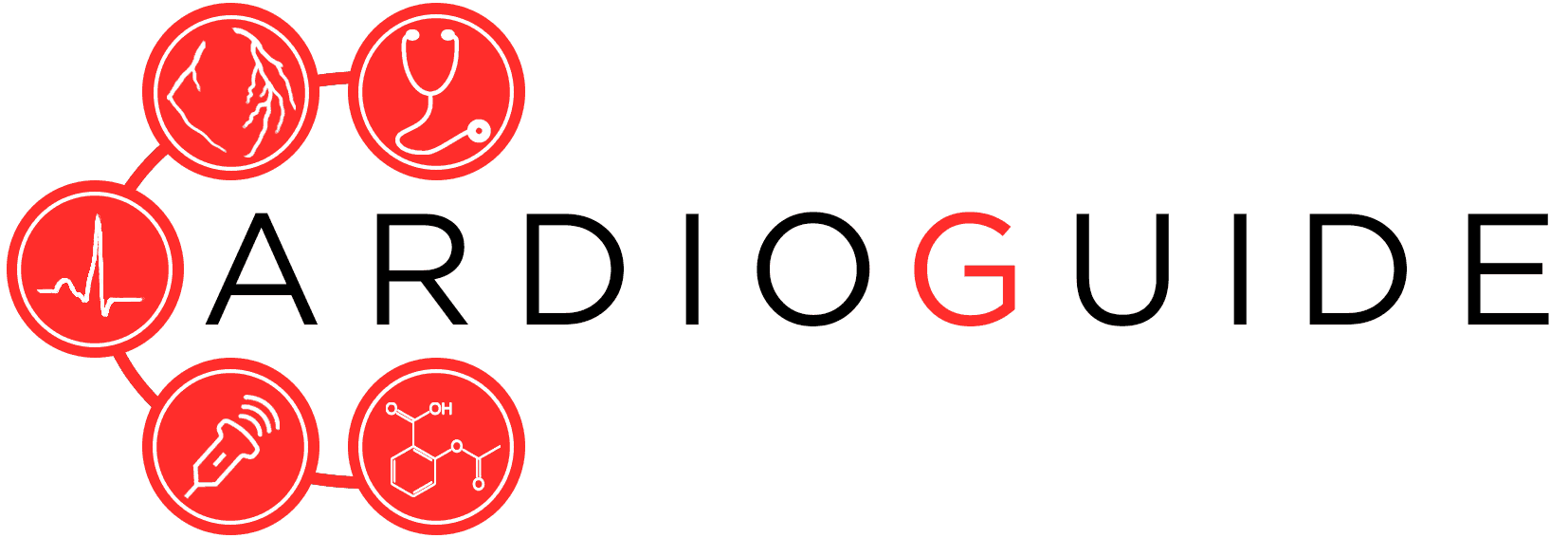Introduction
- This page was created to help avoid common pitfalls for trainees when they are asked to interpret an ECG.
- Trainees are encouraged to read this page prior to coming to ECG rounds.
Principles of ECG Interpretation
- If you are asked to interpret an ECG, novices often jump to a particular diagnosis.
- Expert readers repeatedly urge learners to avoid doing this.
- The approach mirrors other areas of medicine, where senior physicians often ask trainees to work through the problem, rather than jump to a diagnosis.
- The approach is always:
- Step 1 – Describe What You See
- (i.e. “I see a fast rhythm with a narrow QRS”)
- Step 2 – Frame the problem
- (i.e. “This is a narrow QRS tachycardia”)
- Step 3 – Formulate Differential Diagnosis
- (i.e. “Differential includes atrial tachycardia, atrial flutter, …”)
- Step 4 – Use an approach to above problem to narrow the differential diagnosis
(You can even arrange most to least likely)- “The tachycardia initiates abruptly on a PAC, which rules out sinus tachycardia. P-waves are negative in the inferior leads, suggesting retrograde conduction or a low-atrial focus. The VA interval is very short < 80ms, and the P-wave is fused with the terminal portion of the QRS. The most likely diagnosis is AVNRT, other items on the differential include orthodromic AVRT, low atrial tachycardia, and atrial flutter.”
- Step 1 – Describe What You See

Frame the Problem
- Framing the problem is the most important step because it allows you to develop and use an approach
- Here are examples of common arrhythmia problems that you can develop an approach to:
- Narrow QRS Tachycardia
- Wide QRS Tachycardia
- Non-Conducted P-waves
- Extra QRS complexes
- Bradycardia with a narrow/wide QRS
- Here are some problems for devices:
- Lack of Capture
- Lack of Output
- Pacing too Fast
- Inappropriate ICD shock
- Once you learn the common arrhythmia problems, you can develop an approach to each one of them.
- For novice learners, we recommend starting with the most common ones (above list is arranged most common to least)
The Approach To a Problem
- Algorithmic Approach:
- The most common approach used by clinicians
- Published in form of flow-charts that require memorization
- This works most of the time, but has many drawbacks.
- Many experts caution against “blindly following an algorithm”
- Mechanistic Approach:
- Recommended by many expert electrophysiologists
- Requires a deeper understanding of the arrhythmia mechanism
- Theoretically more accurate because it involves starting with a differential diagnosis, and narrowing it using core mechanistic principles.
- Many learners would often prefer to memorize an algorithm that they can use for rapid diagnosis. This may be a faster way to learn and improve performance on an exam. A good analogy is a game of chess: one can often memorize high-yield moves and starting positions, but it will only get you so far.
- The mechanistic approach is preferred by many experts because it is dynamic, employs deductive reasoning, leads to insightful discussions and often turns arrhythmia diagnosis into fun puzzles.

